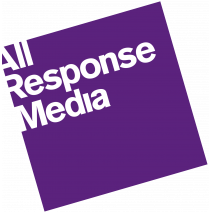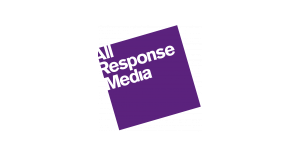| Advertisers Increase Their Investment in Digital Audio |
Since the start of the pandemic, we’ve seen a shift in consumer behaviour across industries, platforms and channel consumption. One of the key areas of growth is digital audio, which may well be cruelly underestimated by some advertisers.
From 2015 – following the release of Amazon Alexa, Microsoft Cortana, and Google Assistant – we saw a surge of interest in voice assistant devices and constant talk of voice search and how to approach it. However, this didn’t pick up as expected and advertisers were still unsure of the potential of audio marketing. We did see brands starting to work on their sonic branding – an incredibly powerful tool that has been generally overlooked or perhaps undervalued. However, a handful of notorious brands have been capitalising on this concept for a while now, building it into their strategy almost unnoticed.
Podcasts have also benefited from this shift in behaviour. Listenership has been increasing YoY, but 2020 has been a particularly powerful year. The UK reached an estimated 15.6 million listeners in 2020 with a £33.56 million expenditure. Podcasts have been named in the top 3 most important audio initiatives for publishers worldwide.
Digital audio now reaches more than half of UK adults each week, with a record high of 28.3million listeners a week, up 14% YoY. Listeners spend 12.9 hours per week listening to digital audio, with the UK as a whole listening for 365 million hours per week, up 21% versus 2018. Digital audio’s advertising value proposition is becoming clearer as it becomes an effective way to reach and target listeners. With growing audience segments and the ability to reach listeners along daily micro-moments.
Unlike the video that demands the audiences’ full attention, audio content and ads can be absorbed and listened to while cooking, exercising, or driving. Production costs for audio ads are also very competitive when compared to video production cost and the creative is recognised as a rich medium that allows brands to tell stories to audiences who are looking for deeper engagement from all their media interactions. The capability to buy programmatically and specifically target ads to engaged listeners based on granular data is seen as the driving force of digital audio.
A few challenges remain, mainly around the effective measurement and attribution of digital audio as well as a need for industry education. However, four factors are driving increased investment in it:
- The rise in podcasts
- Consumer adoption of new connected devices
- The rise of programmatic trading
- Cross-platform opportunities.
All Response Media viewpoint
Overall, it’s extremely positive to see trust in digital audio at an all-time high. A 2020 DAX study found that 86% of advertising agencies and 66% of brand advertisers now saw digital audio as a key part of their integrated media strategies. With 85% of advertisers and agencies set to increase their investment in digital audio within the next year alone, it’s undeniable that digital audio is becoming a major player in a mature advertising market. Looking back at ARM’s client investments, between 2018 and 2019 we’ve seen a 97% increase in audio investment, and we are forecasting further growth in 2021 as our advertisers gear up to integrate more audio into their planning.
Read more information on our digital services.


